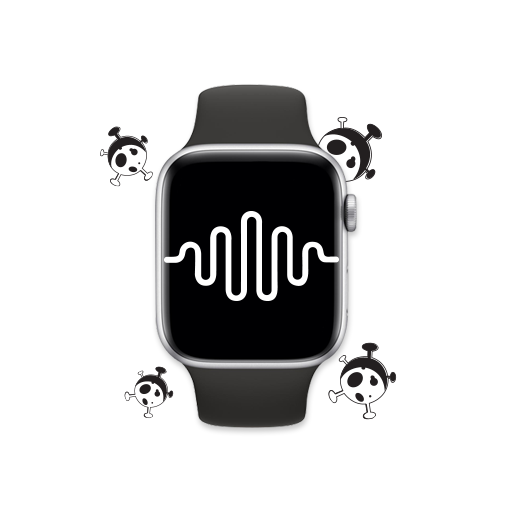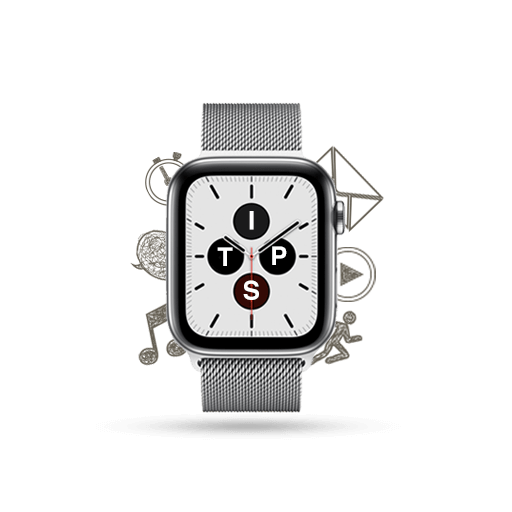The harmful, dangerous gases and fine dust particles in the air are difficult to detect. If not the daily morning news, there’s nothing to warn us against the high levels of carbon monoxide around us. While we have devices to monitor the quality of air at home and office, but what about when are outdoors in the midst of toxic air? If only our smart devices could help us out!
Detecting Dust – The Apple Way
Just like you, Apple got the idea of a sensor based technology that can detect the elements in the air and alert the user. In fact, they even presented a pair of applications at the US Patent and Trademark Office for the same.
The first application titled ‘Compact Particulate Material Sensor” talks about the ability to detect air pollution. And Apple explained the concept in detail in its filing. As the fine particulate matter (smaller than 2.5mu.m diameter) is only visible as haze, it can be breathed in and can cause exacerbate conditions of respiratory disease. To detect this, Apple’s suggests the use of a particulate matter sensing device (probably an Apple Watch sensor).
This device will comprise of a pulsing light at a specific wavelength and photodetectors. A thin transparent film filter over the photodetectors will be used to scatter light of a similar wavelength to the pulse. This will allow the pulse reflected from particulates to pass through.
There’s another version of this device where Apple suggests using a charge-sensitive electronic circuit. This circuit will be configured to reject background and false positives caused by externally-sourced light waves.
While the company reckons that this system is superior to any other existing dust particle detector, there are a few shortcomings to note.
Apple’s device uses a pump to blow air into a dark tunnel. The air is then hit by an infrared light pulse, with back-scattered light detected and interpreted to provide a result. Now, because the host device requires an air pump and a hole, it won’t be easy to integrate them into an iPhone or iPad. An Apple Watch sensor that can detect all the fine particles is cool and all but it’ll be of no use if it’s bulky and hefty.
The ‘Chemicals Detection’ Patent
Now let’s talk about Apple’s second patent application titled ‘Systems and Methods for Environment Sensing’. This one focuses on effectively detecting chemicals in the air. Apple claims the system, when combined with sensors, can be used to sense a smell associated with a “chemical species”. And, when fed into Artificial Intelligence, the system could provide “smell recognition capabilities.” The system outlines the use of ionic liquid sensors, tuned to particular ranges, enclosed in a micro-electro-mechanical system (MEMS) on a chip.
This is not the first time Apple has considered adding gas-detecting technology in its devices. The company filed another patent application in January this year. It suggested the use of “chemically robust miniature gas sensors” for mobile devices, wearable devices, and smarthome and IoT hardware.



